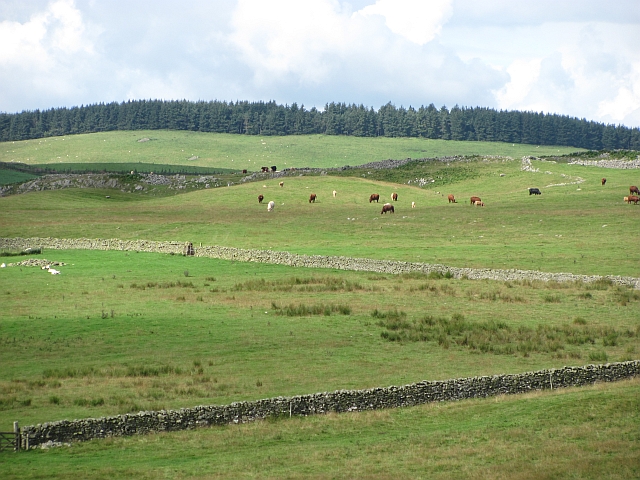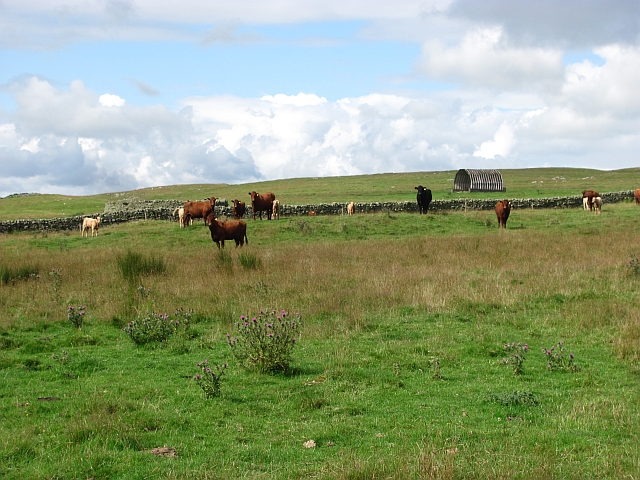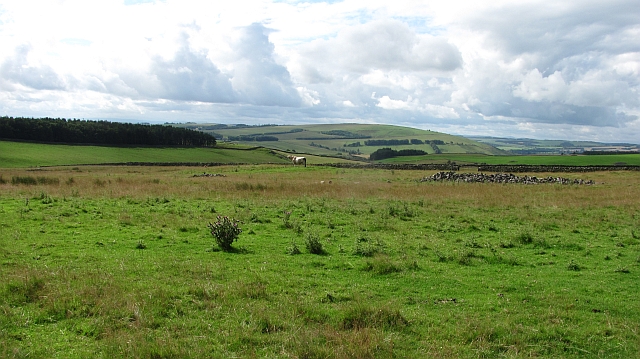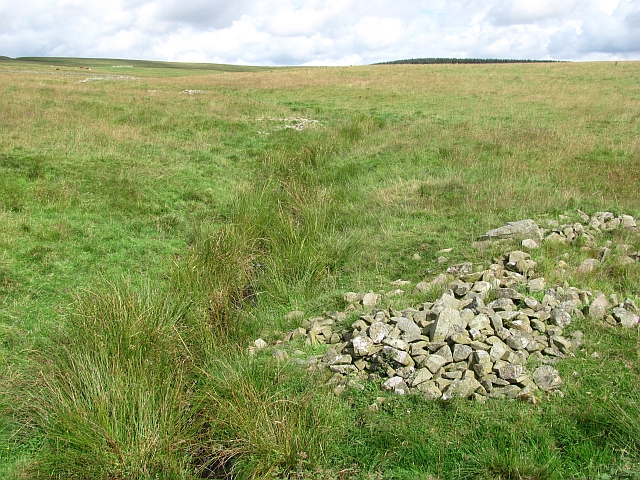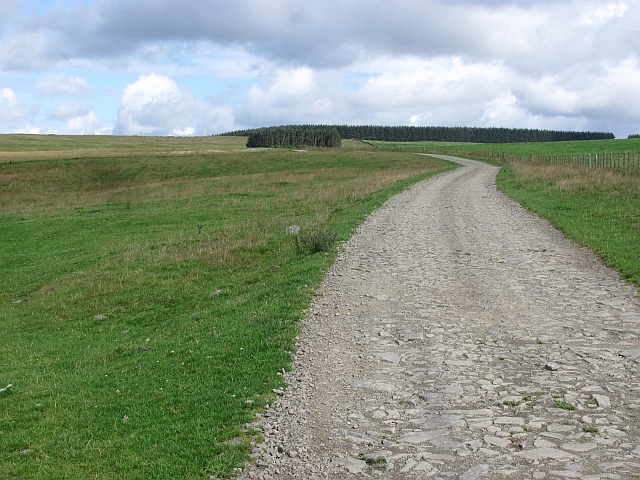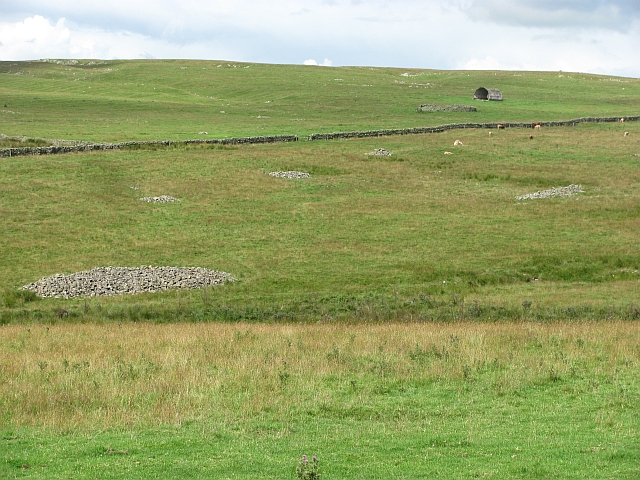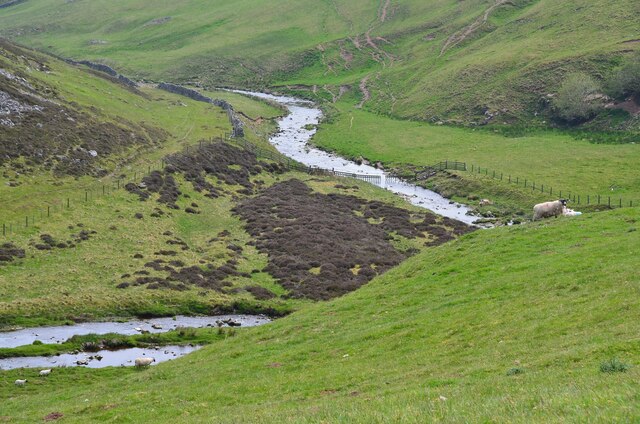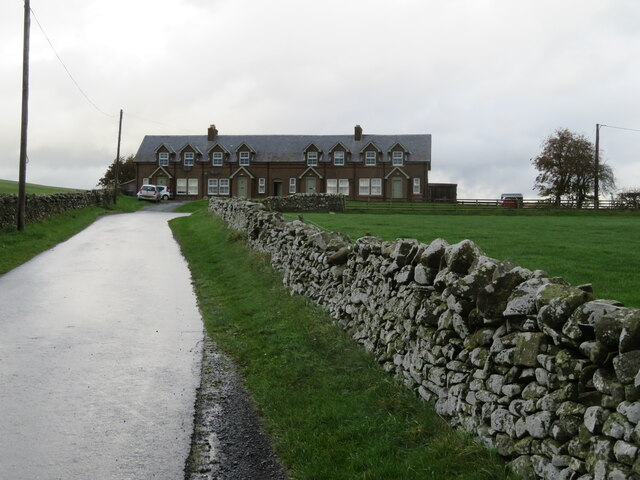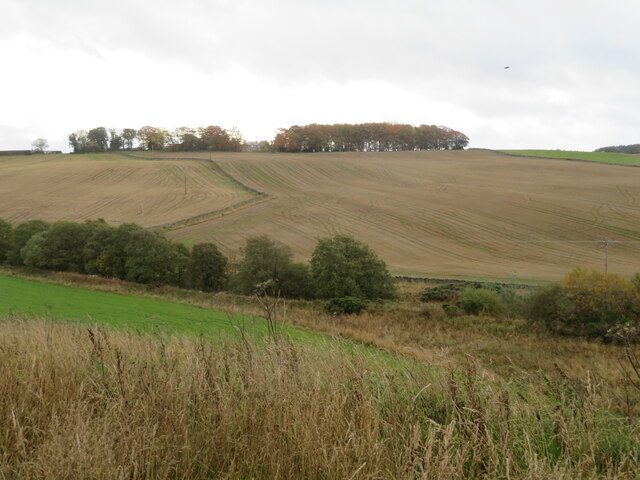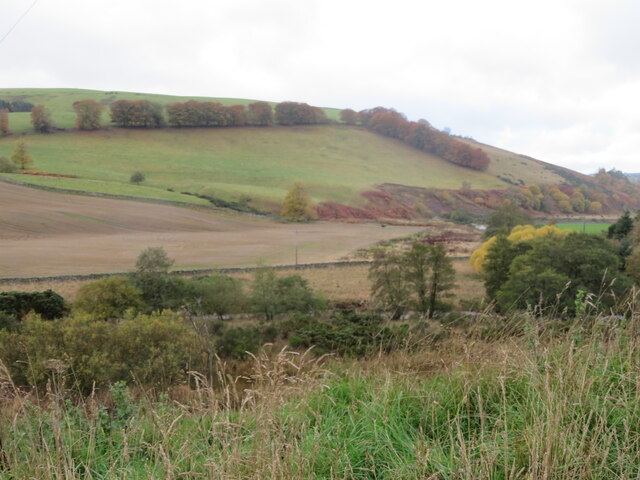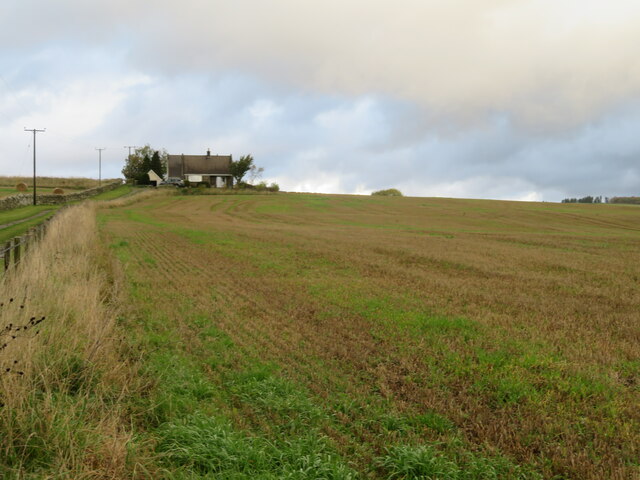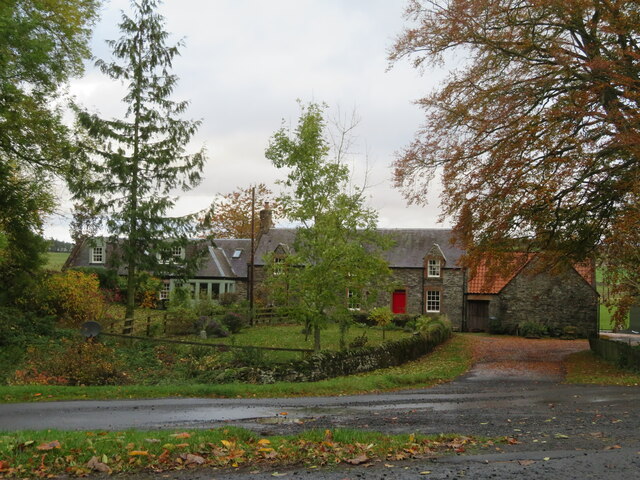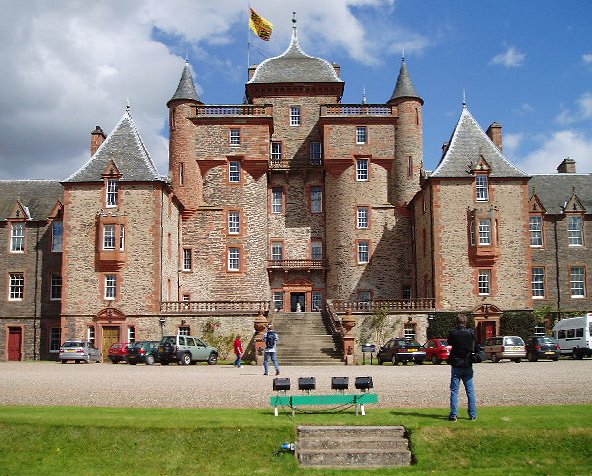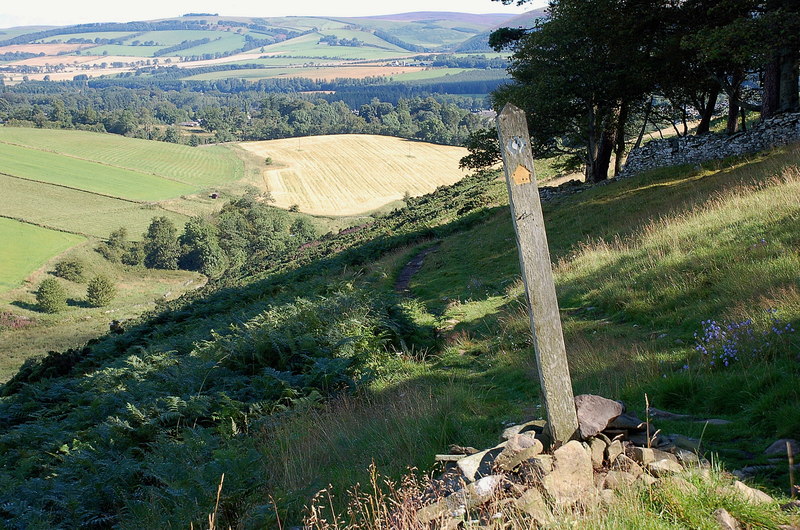Blythe
Settlement in Berwickshire
Scotland
Blythe
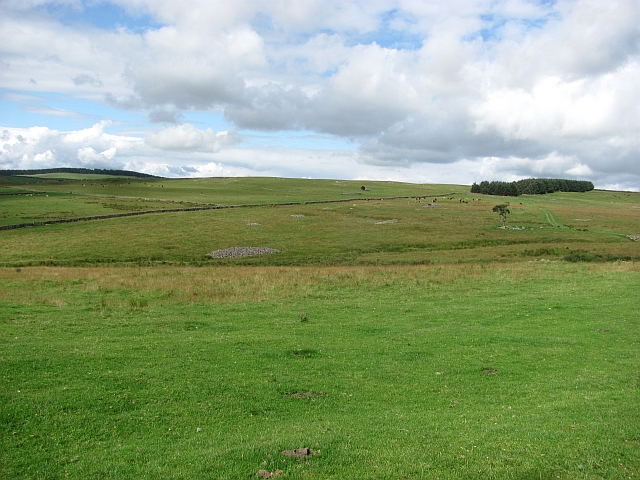
Blythe is a small village located in the Scottish Borders region of Berwickshire. Situated approximately 10 miles southeast of Duns and 7 miles southwest of Eyemouth, it lies in a picturesque rural setting surrounded by rolling hills and beautiful countryside. The village is primarily residential, with a close-knit community that values its peaceful and idyllic atmosphere.
Blythe is known for its charming architecture, with many traditional stone-built cottages dating back several centuries. The village also features a small church, which serves as a focal point for the local community and holds regular services and events.
Despite its small size, Blythe boasts a few amenities to cater to its residents' needs. These include a local pub, providing a friendly gathering place for locals and visitors alike. The village is also home to a primary school, ensuring that families have access to education for their children within the community.
Surrounded by the natural beauty of the Scottish countryside, Blythe offers numerous opportunities for outdoor activities and exploration. The village is in close proximity to several walking and hiking trails, providing stunning views of the surrounding landscape. Additionally, the nearby coastline offers opportunities for beach walks and water-based activities.
Overall, Blythe is a charming and peaceful village, offering a tranquil and close-knit community for its residents. Its idyllic location, combined with its architectural beauty and proximity to nature, makes it an attractive place to live or visit for those seeking a quiet and picturesque retreat in the Scottish Borders.
If you have any feedback on the listing, please let us know in the comments section below.
Blythe Images
Images are sourced within 2km of 55.732568/-2.6703653 or Grid Reference NT5849. Thanks to Geograph Open Source API. All images are credited.
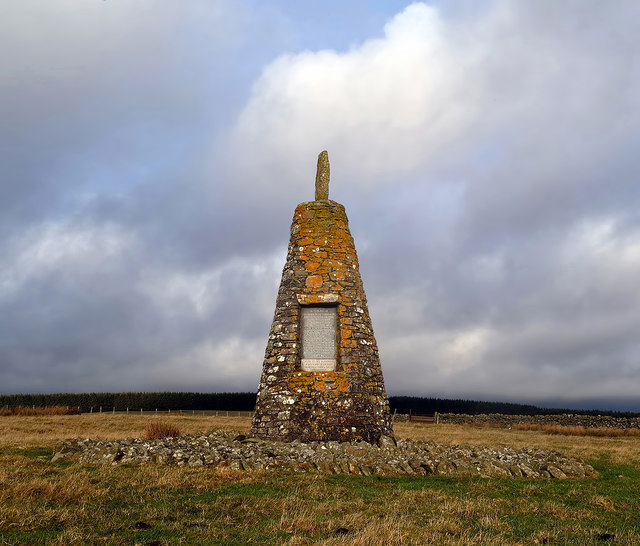
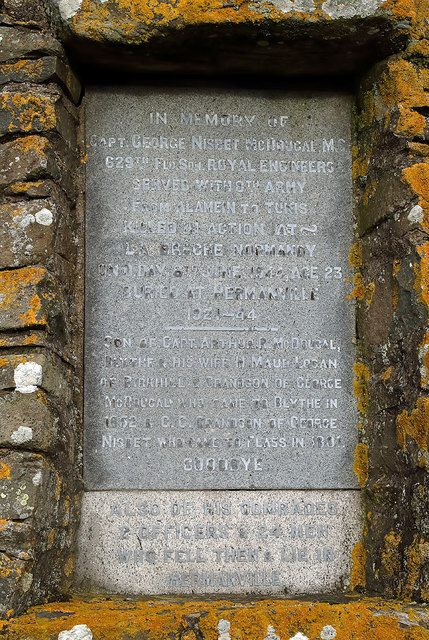

Blythe is located at Grid Ref: NT5849 (Lat: 55.732568, Lng: -2.6703653)
Unitary Authority: The Scottish Borders
Police Authority: The Lothians and Scottish Borders
What 3 Words
///giraffes.file.tables. Near Lauder, Scottish Borders
Nearby Locations
Related Wikis
Boon Farm
Boon is a farm and former barony located near Lauder, Scotland. == History == === Name origins === Boon (aka "Boune" or "Bounn"), derives from the Breton...
Thirlestane Castle
Thirlestane Castle is a castle set in extensive parklands near Lauder in the Borders of Scotland. The site is aptly named Castle Hill, as it stands upon...
Lauderdale
Lauderdale is the valley of the Leader Water (a tributary of the Tweed) in the Scottish Borders. It contains the town of Lauder, as well as Earlston. The...
Whitslaid Tower
Whitslaid Tower was an ancient Berwickshire seat of the Lauder family for over 300 years. It is today a ruin high above the eastern bank of the Leader...
Nearby Amenities
Located within 500m of 55.732568,-2.6703653Have you been to Blythe?
Leave your review of Blythe below (or comments, questions and feedback).
